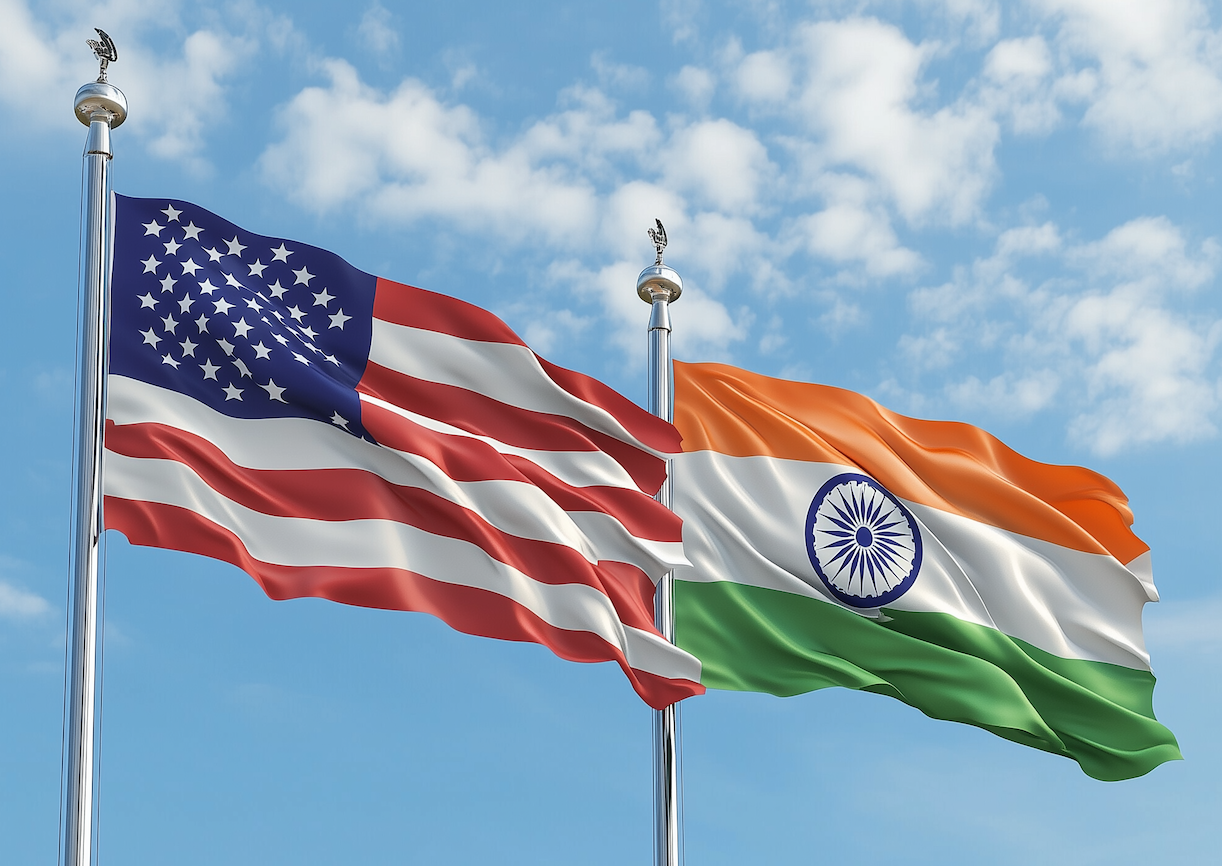Insider Brief:
- As part of negotiations for a new bilateral trade agreement, India may likely seek relaxed US export controls and greater access to advanced technologies, such as quantum computing, AI, semiconductors, and biotechnology.
- While the US has eased technology transfer restrictions for close allies like Australia and the UK, India may face additional scrutiny over its export controls, cybersecurity standards, and defense ties.
- Negotiations are unfolding amid a widening US-India trade imbalance, with India maintaining a $41 billion goods surplus.
- The future of quantum collaboration between the US and India will ultimately depend on the policies enacted, not on diplomatic rhetoric, as access to quantum capabilities increasingly defines economic and strategic leadership.
The future of quantum technology will not be determined by declarations alone; it will be shaped by policies, export regimes, and the fine print of international agreements. As the United States and India prepare to open formal negotiations on a new bilateral trade agreement, technology access is appearing more and more as a critical and contested front.
According to a recent post from the Times of India, New Delhi is preparing to formally request relaxed US export controls and enhanced access to advanced technologies, including quantum computing, artificial intelligence, biotechnology, semiconductors, and telecommunications equipment. The request seeks parity with concessions already granted by Washington to close allies such as Australia, the United Kingdom, and Japan.
Beyond Rhetoric: India’s Push for Sovereign Quantum Capabilities
India’s potential bid comes at a rather tense moment. As noted in a recent post, while the rhetoric of collaboration on quantum and emerging technologies is strong, especially under frameworks like the Quad, the true measure will be in the actions that follow. The Quad, formally known as the Quadrilateral Security Dialogue, is a strategic partnership between the United States, India, Japan, and Australia, focused on advancing shared priorities across the Indo-Pacific, including health security, emerging technologies, infrastructure, cybersecurity, and maritime domain awareness. India’s effort to secure expanded access to these essential technologies is part of a broader strategy to build sovereign capabilities, as outlined and made clear in its National Quantum Mission.

The technologies at stake carry national security and economic implications. In the case of quantum computing, export restrictions typically cover high-performance quantum processors, specialized cryogenic platforms, quantum control electronics, and software algorithms deemed sensitive due to potential defense applications. Although academic research remains largely accessible, commercialization pathways for essential quantum technologies are tightly monitored through US export regulations.
Eased Controls for Allies, Conditional Offers for India
As the Times of India reports, India’s upcoming request follows a series of recent US policy shifts easing technology flows to trusted allies. Under the AUKUS security pact, starting September 1, 2024, approximately 80 percent of defense-related exports to Australia and the UK no longer require individual licenses. Likewise, new US export restrictions on quantum and semiconductor technologies introduced last year largely exempt G7 partners, allowing smoother collaboration.
However, full parity for India may be difficult to achieve. Ajay Srivastava, founder of the Global Trade Research Initiative, observed that Washington may point to concerns over India’s export control, cybersecurity standards, intellectual property protections, and defense relationships with Russia. Instead of blanket exemptions, he noted that the US is expected to propose mechanisms such as trusted partner programs, project-specific licensing, or expanded exceptions limited to select Indian entities. These approaches are designed to balance deeper collaboration with ongoing national security vetting.
Negotiations over the BTA are set to unfold over the next several months. The agreement’s draft reportedly covers 19 chapters, addressing tariffs, services, customs facilitation, non-tariff barriers, and rules of origin. An Indian delegation recently visited Washington to address outstanding issues before formal talks, which will take place during a temporary 90-day tariff pause that began on April 10.
Trade Imbalances, Technological Sovereignty, and the Stakes Ahead
The unsaid dialogue from these pending discussions tell the tale of a sharp economic reality. The United States has remained India’s largest trading partner for the fourth consecutive year, with bilateral trade reaching approximately $132 billion in 2024 to 2025. India recorded a goods trade surplus of about $41 billion with the US over the same period—a growing imbalance that has attracted attention in Washington and could influence the pace and tone of negotiations.
At the intersection of trade, technology, and geopolitics, India’s request reflects both urgency and long-term ambition. The momentum around quantum science and technology is increasingly tied to broader questions of economic leadership and national security. Access to quantum hardware, software, and manufacturing capabilities is no longer seen as a purely academic endeavor but as an essential contribution to strategic autonomy.
Yet, while diplomatic meetings and trade negotiations may expand collaboration, the decisive factor will remain the policies enacted and the investments made. In a climate where the window for technological leadership is narrow, words are merely the beginning.

















